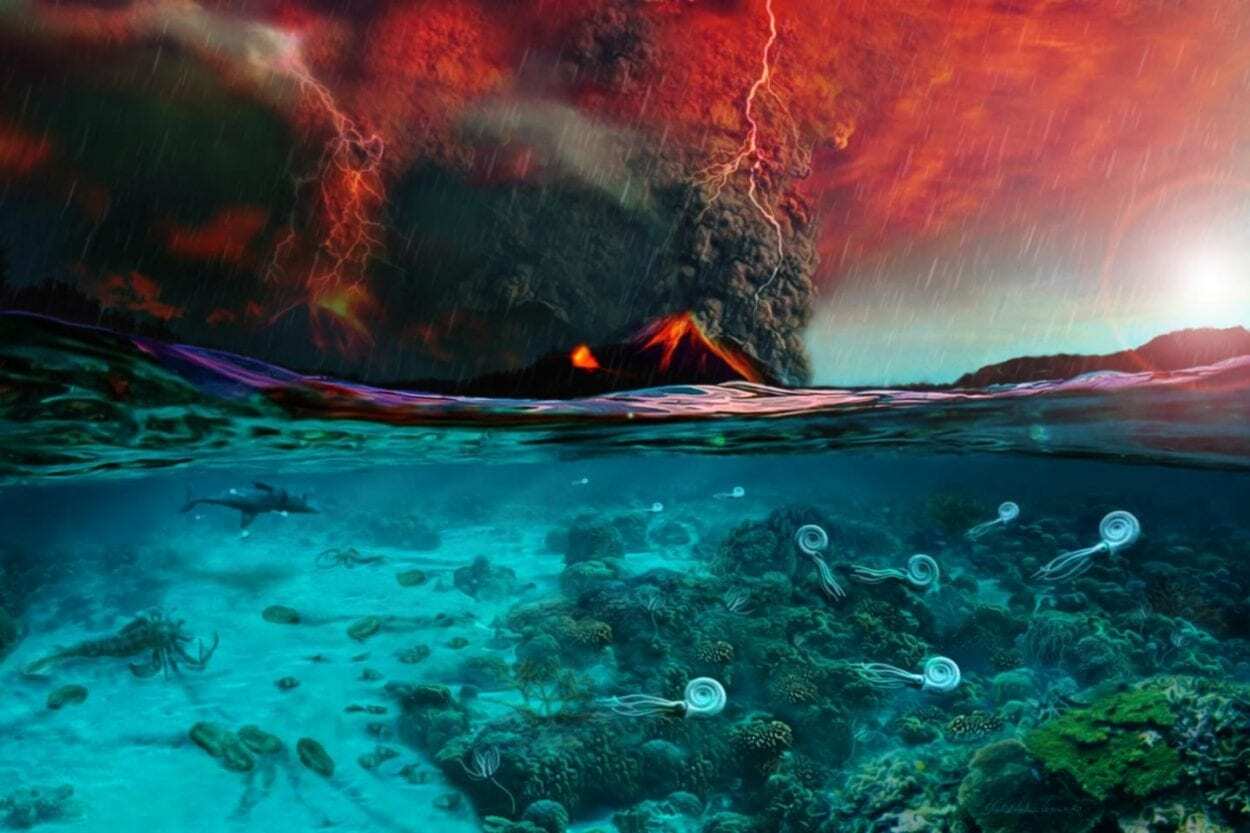
Now, a team of researchers from GEOMAR Helmholtz Centre for Ocean Research Kiel, in collaboration with the Helmholtz Centre Potsdam GFZ German Research Centre for Geosciences and Italian and Canadian universities, provides for the first time a conclusive reconstruction of the key events that led to the mega-catastrophe.
The international team led by Hana Jurikova studied isotopes of the element boron in the calcareous shells of fossil brachiopods – clam-like organisms – and with it determined the rate of ocean acidification over the Permian-Triassic boundary.
Because the ocean pH and atmospheric carbon dioxide (CO2) are closely coupled, the team was able to reconstruct changes in atmospheric CO2Â at the onset of the extinction from boron and carbon isotopes.
This large CO2Â release lasted several millennia and led to a strong greenhouse effect on the late Permian world, causing extreme warming and acidification of the ocean.
Depending on the degree of acidification of the seas, the calcareous shells of the organisms living in them differ ever so slightly in their chemical composition.